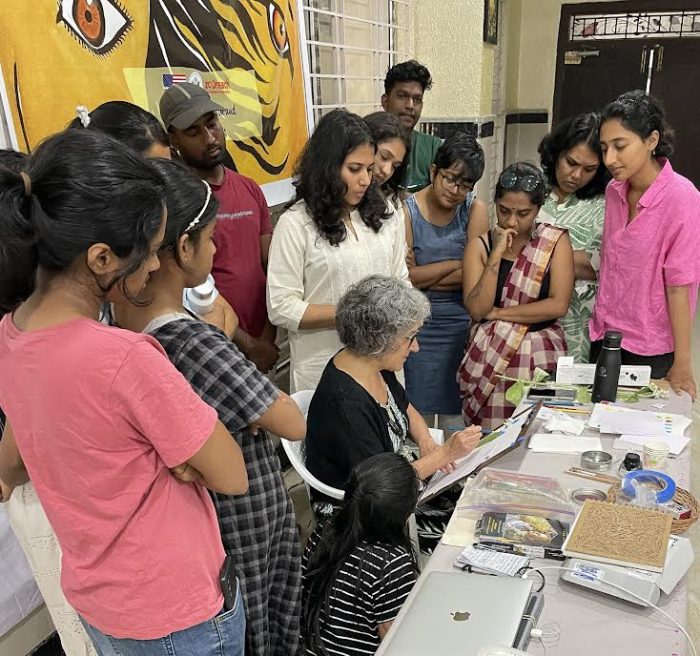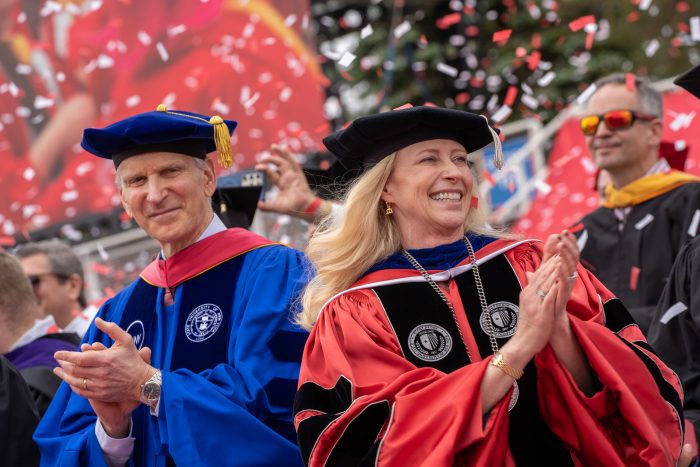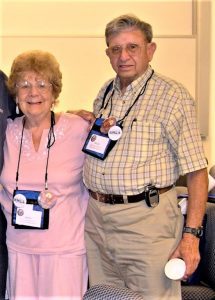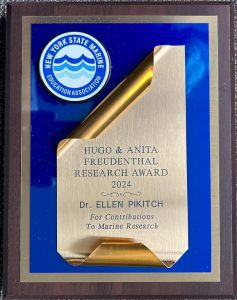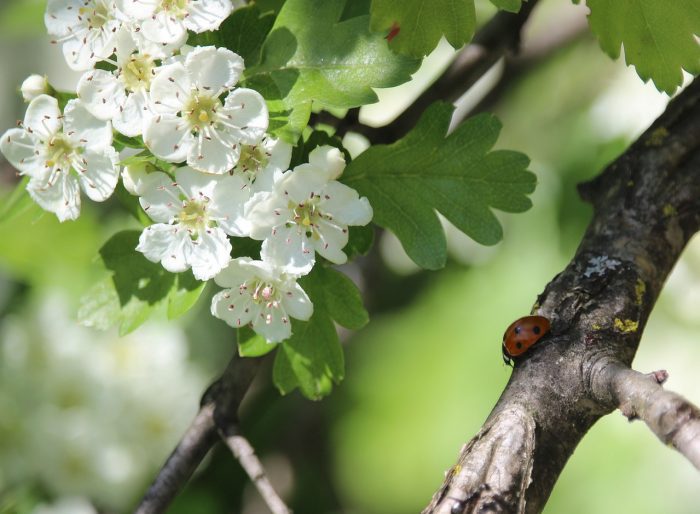By Daniel Dunaief
Their illustrations, which have graced the pages of journals for decades, tell tales that move and inspire people, emphasizing and recreating the beauty, power, elegance and fine structures of living and long extinct creatures.
Invited by Zooreach to join a workshop that employs a combination of story telling, theater and art, Stony Brook residents Stephen Nash and Lucille Betti-Nash, who are both successful scientific illustrators and have been married since 1990, recently traveled to Coimbatore, Tamil Nadu State in Southern India for two weeks to share their talents with local artists focusing on conservation and climate change.
The Nashes believe India is “poised to become a superpower and yet, one of the greatest challenges it faces is climate change” as well as population control, said Stephen Nash, Scientific Illustrator for the IUCN SSC Primate Specialist Group and Adjunct Professor in the Department of Art at Stony Brook University.
Indeed, during their fortnight in India, the Nashes experienced temperatures that were over 100 degrees every day. At the same time, a lighter monsoon season last year, which runs from June through September, meant that the reservoirs, which provide cities with water, were depleted and local wildlife was struggling to find places to drink.
Stephen and Betti-Nash, who had worked at Stony Brook and is now retired and doing freelance work, had hoped to see elephants during their trip, but the animals had retreated to more remote regions to find water. The Nashes did, however, see plentiful cows wandering. People practicing Hinduism consider cows sacred.
With support from the workshop provided by the US Consulate General, Chennai that is part of the Art for Conservation Program of Zoo Outreach Organization, the Long Island illustrators enjoyed their trip, made meaningful connections with local artists, and appreciated the amenities their hosts provided, including air conditioned rooms.
The Nashes continue to be in contact with the artists and appreciate how their hosts, Payal and Sanjay Molur, who is the Executive Trustee of Zooreach, took care of them “as though we were family.”
First steps
Before they traveled to India, the Nashes, who have done workshops in Peru in 2016 and Brazil in 2017, provided google drives with a set of folders including copyright free books on natural history that revealed various rendering techniques. They also shared United States government slides that revealed how artists depicted statistics of climate change.
Once the three-day class they taught began, the Nashes started their presentation with an introduction to the field of scientific illustration, including medical, forensic, technical, biological, archaeological, and paleontological areas, among others.
They discussed various illustrating techniques, from rendering various forms of wildlife to organizing and presenting scientific data. They communicated the importance of sticking to the scientific facts when producing art related to climate change and conservation.
The class, which was comprised of educators and artists in their 20’s and 30’s, were most intrigued by pen and ink illustrations. Using a pen dipped in ink, each artist could control the darkness and width of any mark by applying different pressure and changing the angle at which the pen crossed a page.
“We were pleasantly surprised by how well they took to pen and ink,” said Nash.
The Nashes didn’t bring any India ink, figuring that they could readily find it in the country that bears its name. “We were thinking it would be widely available, but we could not find it,” said Betti-Nash. “We had to settle for fountain pen ink, which was not waterproof.”
The Nashes and the students in the class discussed Manga, which are Japanese comics and graphic novels as a way of using the power of art as a sequential medium.
Betti-Nash demonstrated one of her technical strengths with water colors.
The students were “enraptured” when Nash created one of his illustrations, “watching every move with colored pencils,” Betti-Nash said.
Nash suggested they were hoping to inspire their students to come up with “their own local way of pictorially rendering data that would be more meaningful for them and for the people in their immediate village or community.”
To create illustrations that address the challenges of climate change and conservation, Nash takes what he described as a “Bing Cosby” approach, in which he tries to “accentuate the positive.” Optimistic by and about nature, Nash has seen how ecosystems can recover if allowed by humans. He prefers to show the beauty of an endangered animal rather than show a landscape denuded of trees with a lonely gibbon siting on a tree stump.
“I wouldn’t want an image with that negativity on my own walls,” Nash said. “It’s better to help people appreciate [nature] than to show the possible” cataclysmic results of climate change.
Betti-Nash urged the artists to draw their favorite animals, recreating whatever was their spark animal that led them to the field of conservation. Some chose endangered sharks, which are a part of the bycatch when commercial fishing vessels hunt for more valuable fish. Local students shared their appreciation for snakes, who perform an important role in Indian ecosystems.
Face to face with the real thing
Nash met the Molurs, who invited them to visit India, in the mid 1980’s, when he had done a drawing for a conservation education campaign on the lion-tailed macaque.
When he arrived in India, Nash saw three species of primates in the hills alongside the road in a protected area, including the lion-tailed macaque. Nash thought the animal was the size of a German shepherd, but realized it was closer to the dimensions of a domestic cat.
Nash focuses on capturing the character as well as the characteristics of an animal and suggested artists needed to be aware of the goals of their illustrations.
Betti-Nash likes to demonstrate the interaction of the animals she’s illustrating with the environment, including what they eat and what they provide to the ecosystem.
As for the workshop, Betti-Nash suggested the purpose was to “draw people in” and to get the artists to learn ways to be creative in their messages about conservation and climate change.
Nash added that they wanted to “open the students’ eyes to the possibilities and the vastness of scientific illustration” and to improve their analytic observational skills.

